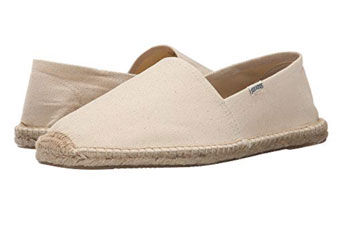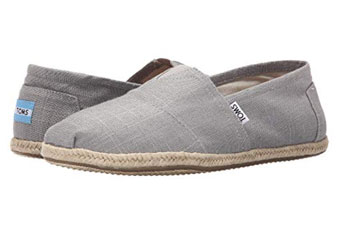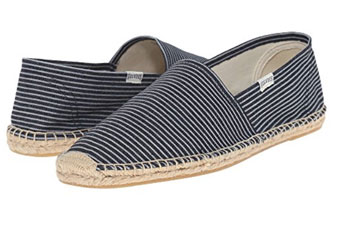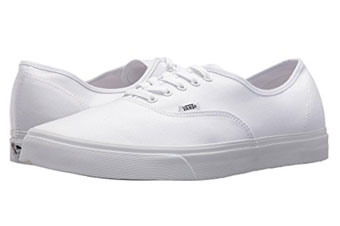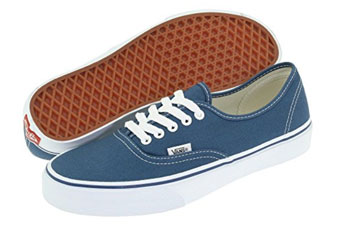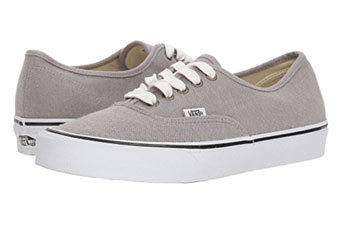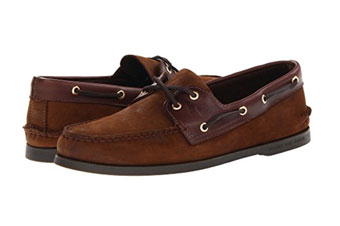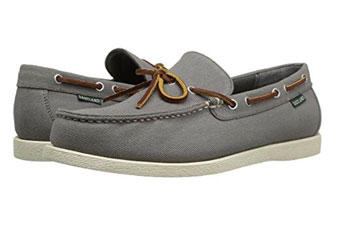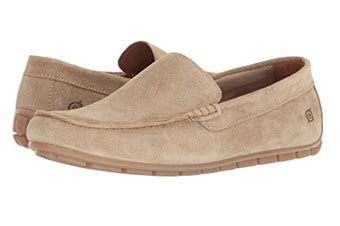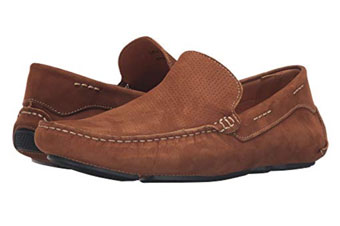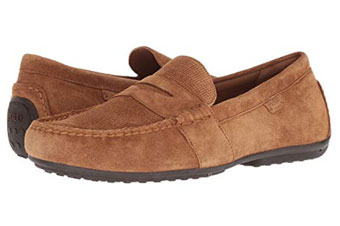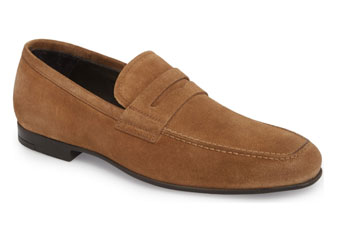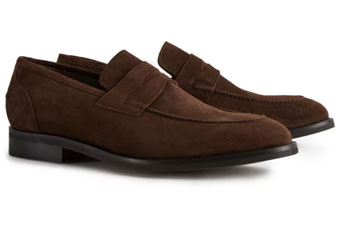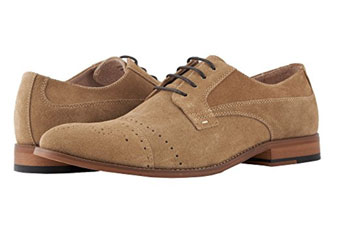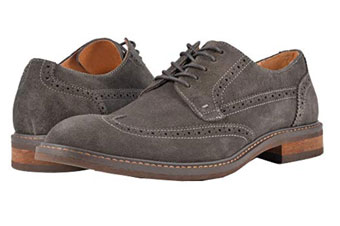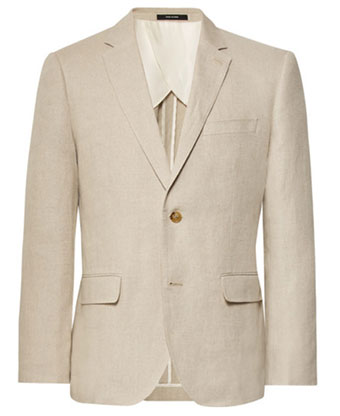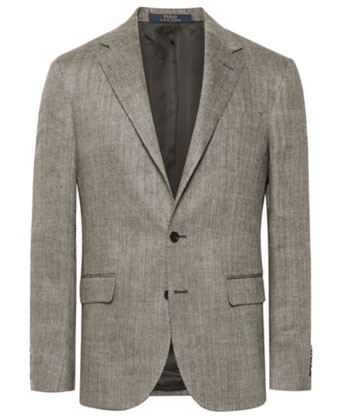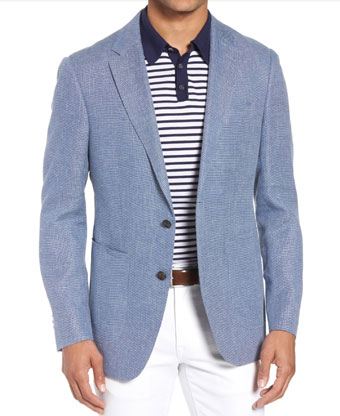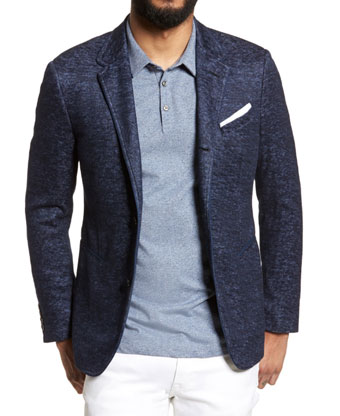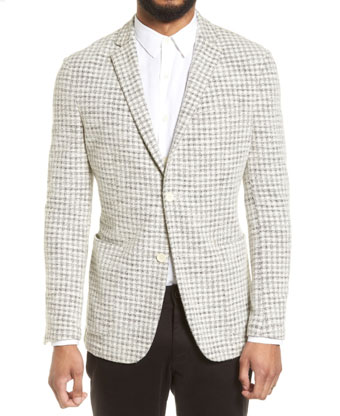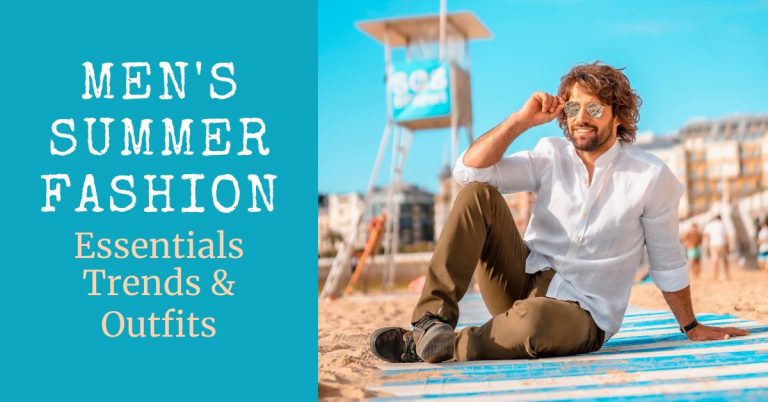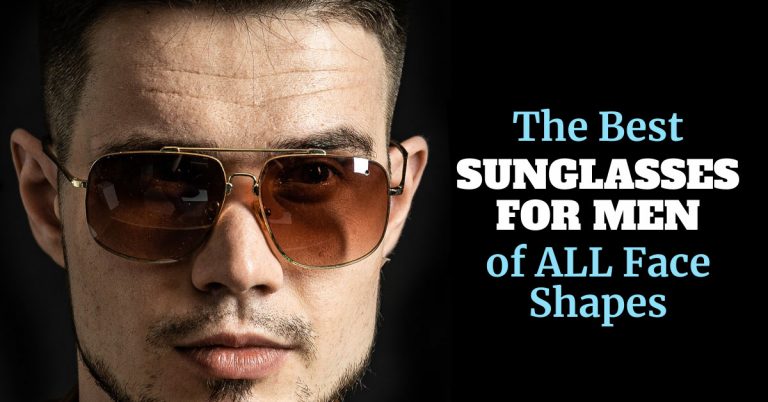How to Dress in Summer-Time: Look Sharp Without Sweating Your Balls Off
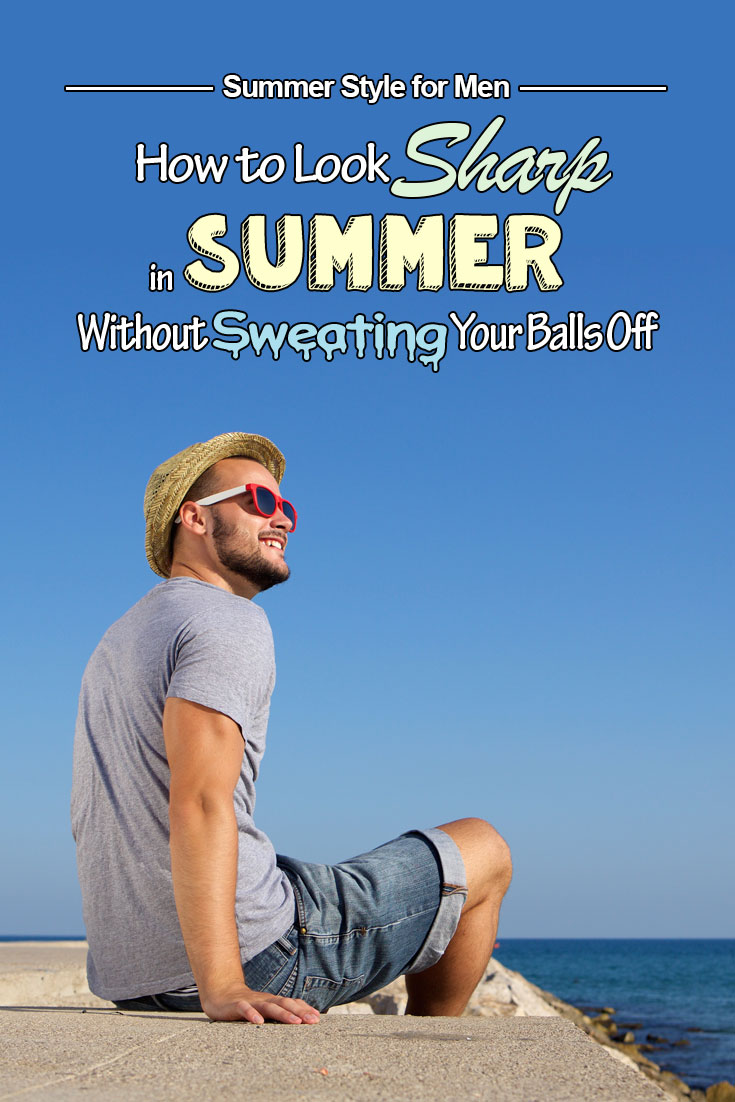
So summer has finally arrived.
The sun is out, temperature is up, and you’re left wondering how to dress during this season and keep looking sharp.
In fall, winter and spring, you can have a lot of fun with layers, but in summer, wearing more than one layer can have you sweating like a roasted pig. And the last thing you want is to be walking around with Niagara Falls gushing from your forehead.
You want to dress well, but you also want to stay comfortable. (And you’re absolutely right, because obvious discomfort is the most unstylish thing a man can wear.)
So what can you wear this summer that keeps you looking sharp without causing you to overheat?
Well, dressing well in summer isn’t as hard as you might think.
You don’t need multiple layers to look your best. You can look great wearing just a single layer. And if you invest in summer-appropriate clothes, you can even still wear layers without ending up a sweaty mess.
How?
Well, let’s find out.
You Might Also Like: The Best Sunglasses for Men
Note: This article may contain affiliate links. That means if you click a link and purchase something, I earn a small commission, at no additional cost to you. All opinions are my own.
3 Summer Fabrics That Keep You From Overheating
If you often overheat and break out in sweat during the summer months, you probably point your finger at the scorching sun and temperature.
Well, you’re not entirely wrong, but it might also have another cause.
The other (and possibly even bigger) cause is poor air circulation. You might be wearing clothes that don’t allow your skin to “breathe”.
This is why most men prefer to wear shorts in summer; they allow the skin to breathe more which makes them more comfortable to wear than pants. But, if you wear pants that are made of summer-appropriate material, you might find you actually prefer them — but more on that later.
When buying summer clothing, you want to invest in garments made of lightweight, breathable fabrics.
So let’s go over a few of these fabrics.
1. Cotton
Almost all summer clothing will be made out of cotton.
Make sure that whatever you buy is 100% cotton. If you see any kind of rayon or polyester blend, just say no. These materials are the opposite of breathable.
Cotton comes in a number of varieties though, and you want to make sure you get one that’s summer appropriate.
Before you buy any item, do the following to test its weight and breathability.
- The breath-test — Put the fabric over your mouth and try breathing. Can you literally breathe through the fabric? If you have to suck hard to get air, don’t buy it.
- The light-test — hold the garment at least a foot away from a light source. Can you see through it? If not, don’t buy it.
Three varieties of cotton that are especially great for summer are:
- Seersucker: Seersucker is a thin, puckered fabric. The thin puckered texture allows the fabric to rest away from the skin, which allows for comfortable airflow. Seersucker clothes can be quite expensive compared to regular cotton though..
- Chambray: This is often confused with denim, as the two look very similar. This weave is easily identified by having a white thread going one direction, and a colored thread in the other direction. These make fantastic summer shirts.
- Madras: Madras is most notably recognized by its distinct plaid patterns. What makes this weave unique is that it uses short cotton fibers instead of long fibers. This creates a specific texture and can only be hand made.
(Note: Seeing madras in a store might not actually be real Madras — just the iconic plaid patterns on regular cotton. Might still be good for summer, but test before you buy!)
2. Linen
Linen has been the warm weather cloth of choice for centuries for good reason. It’s super lightweight, breathable, and absorbs moisture exceptionally well. Linen has a very distinct look to it.
The downside is that linen wrinkles a lot. But that is all part of its charm. This is the only time you can get away with wrinkled clothes. .
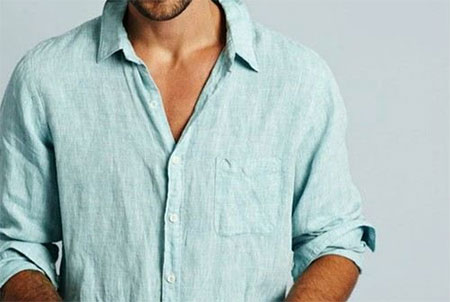
Because of the way linen is made, it doesn’t really take patterns well. You will often see linen made in solid colors only — white being the most common.
3.Tropical Weight Wool
You might be surprised to see wool on this list as it’s typically associated with the colder months.
But wool actually has a very wide comfort range and adapts to almost any weather condition. Wool is typically woven in weights to match the climate — you can get heavy wool for cold winters as well as a lightweight and breathable weight for the warmer weather.
For summer, you obviously want to go for the latter. Tropical weight wool’s unique properties make it especially great for summer.
- Moisture-wicking: When you sweat, wool actually pulls the water away from your skin, into the fabric, and then dissipates into the atmosphere.
- Odor Resistant: Wool is naturally odor resistant. Not only does it help keep you dry, but it keeps you from getting smelly.
- Wrinkle Resistant: Good quality wool does a great job of resisting wrinkling. It will actually bounce back into shape if you let it hang up in your closet — which means minimal ironing.
- Easy to clean: Because of wool’s natural odor resistance and moisture-wicking properties, if you just leave it hanging in your closet and wear the garment once every 7-10 days, it will be good as new. The only time you really need to get wool dry cleaned is if you spill something on it and need to get a stain out.
The most obvious way to tell the difference between the two different weights of wool is the label. Luckily, they often advertise tropical weight wool as being appropriate for warm weather (it might actually be called “tropical weight”).
That’s not always the case though, so another ways to separate the two is to look at the weaving of the fabric.
Winter weight wool will likely be woven in a serge weave, which has a diagonal pattern woven into it. Tropic weight wool is woven in a plain weave, which has a more straight pattern, with horizontal and vertical lines.
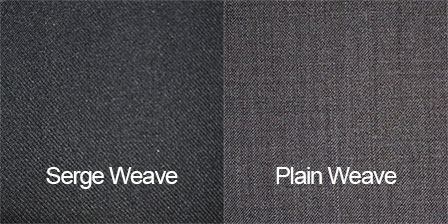
Also, when you do the “light” test, Tropical weight wool will look almost see through.
Colors You Should Be Wearing in Summer
So, summer is the absolute best time to be wearing colors.
In fall and winter, colors tend to be more dark and/or muted, but for summer, you want to go light and/or bright — but never overdo it on the brightness. Outfits for guys don’t need more than one bright-colored piece.
Lighter and brighter colors are more summer appropriate because they better reflect the summer mood. The sun is shining, flowers are bloomed, everybody’s feeling happier (except for summer-haters, I guess).
Bright colors reflect this change in atmosphere — just like muted, darker colors better reflect the winter months.
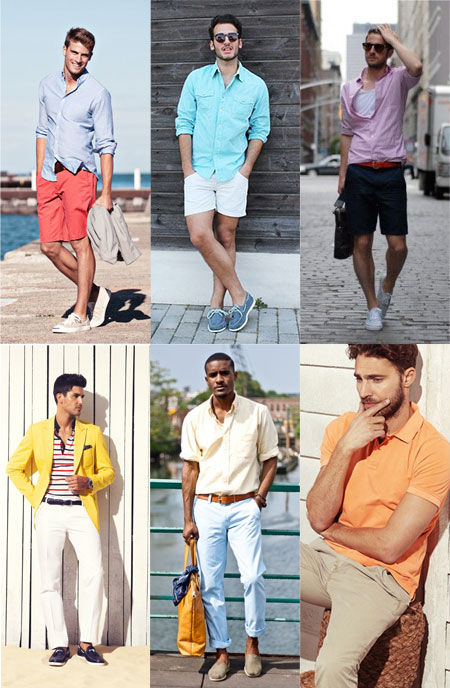
The big benefit of wearing light & bright colors is that they keep you cooler in the sun. As most people know, dark colors absorb the heat, so you should avoid those. The lighter your clothes, the less heat they’ll absorb.
With that in mind, you want to avoid wearing outfits that are too dark. You can wear black or dark pieces, but going too dark shows everyone you have no clue how to dress in summer. It kinda makes you look like a social pariah.
So don’t be afraid to get out there with your colors! That is the whole point of this season. (You might want to learn what colors go together while you’re here.)
Note: The darker your tan gets, the better bright colors will look on you. Those with paler complexions are better of avoiding the brighter options and choose lighter ones instead.
How to Dress in Summer: Your Guide to Summer Clothing
So in summer, less clothes is usually more. You generally don’t want to layer up too much — two light-weight layers at most — as this will only increase the heat. But that doesn’t mean you can’t look sharp.
Same as during any other time of year, getting the fit right, keeping it simple and making smart color combinations will get you very far.
Let’s discuss some specific clothes and how to make them work in summer heat.
1. Shorts
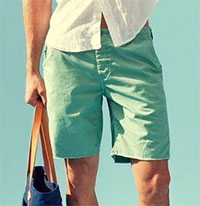
Probably the one garment most associated with summer are shorts.
When the sun starts scorching, everybody’s quick to grab a pair of shorts, but few known how to pull them off with style.
So what you should remember about shorts, and this should be obvious, is that they are casual by nature. There is no formal occasion in which shorts are acceptable. Not a one. These aren’t office-appropriate garments, guys!
Also, avoid any shorts that have cargo pockets. The goal is to have nice clean lines, which makes cargo-shorts the opposite of stylish. You always want your garments to closely follow the lines of your body, and shorts are no exception.
Shorts should be flat front and should hit you right above the knee.
You can certainly keep your color choices simple with shorts — and it’s wise to have at least one or two neutral options — but shorts give you a great opportunity to have some fun with color. They’re so casual, you can easily get away with louder colors and even prints.
If you are going to wear loud shorts though, wear it with something neutral to balance the outfit.
Summer Shorts
2. T-Shirts, Henleys and Polos
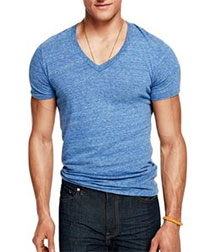
T-shirts get a bad rep sometimes. I often get e-mails from guys telling me they want to move on from T-shirts and jeans, but neither of these garments are unstylish by nature — in fact, they’re both men’s wardrobe essentials. Many guys simply choose to wrong type or the wrong size.
So first off, I would tell you to avoid graphic tees and go for either a solid or striped piece. If you absolutely must go for a graphic tee, make sure the graphic is relatively subtle and not too in-your-face. Oh, and on no occasions should you ever wear a “funny” tee!
You can go for a crew-neck or a V-neck. I personally prefer the latter, but it’s a matter of taste. Another great option are Henleys (a.k.a. Y-necks).
Oh, and let’s not forget about polo-shirts. I think every guy should have a few polo-shirts in their wardrobe. They’re as comfortable as simple tees, but they have a collar, and a collar always adds a level of style to a garment.
Really, you ought to have a couple of variations of T-shirts. Don’t stick to one type and get it in a bunch of different colors. Mix it up a bit!
Summer Tees
3. Shirts

Of course, you can (and should) also throw some shirts in your summer style mix.
Shirts are a stylish step up from plain T-shirts. They’re just classier. I don’t think you always have to wear a shirt, but definitely when you want to make a good impression on someone.
As discussed earlier, make sure your shirts are made from the right fabrics. Many shirts are made from less-breathable fabrics and they’re not as comfortable when the temperature starts to boil. At least find one or two linen shirts to add to your wardrobe.
Having a few neutrals is always a good idea, but remember that it’s summer, which means time to have a bit of fun with colors and patterns.
Summer Shirts
4. Pants
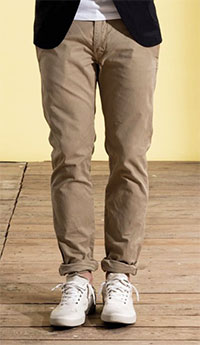
It might seem counter intuitive, but often times chino pants can keep you cooler than shorts. Pants have the added benefit of keeping your skin shielded from the direct sunlight. With the right kinds of fabrics, you will sweat less and actually be more comfortable wearing pants than shorts.
Most of your pants should be in neutral colors, as they’ll go better with your colorful summer tees and shirts. Of course, you can certainly add some colored pants to your wardrobe as well. (In the case of wearing those, keep the rest of your outfit neutral, as colored pants make enough of a statement on their own.)
You want to stick mostly to lighter colors in summer. Darker colors are fine, if they’re in a nice, breathable fabric, but overall, lighter colors will always keep you cooler when the sun is blazing.
Lastly, you might wear chino pants with a canvas belt instead of a leather one. You might’ve seen them in stores before and wonder when you’d ever wear them. Well, summer is the answer. Canvas belts make for a great casual piece and also look great with some canvas shoes.
Summer Pants
5. Footwear
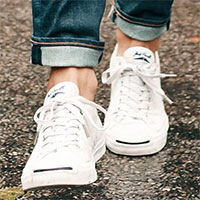
So, in summer you have lots and lots of shoe options besides white sneakers, especially when it comes to casual wear.
And while I generally recommend guys to wear leather shoes, summer is the one season where I’d recommend otherwise. Leather is okay to wear in summer, mind you, but suede or canvas shoes will keep you much cooler.
Some examples of great summer shoes (ranked somewhat from casual to formal):
- Espadrilles
- Canvas sneakers / Plimsolls
- Boat shoes
- Driving shoes
- Loafers (Especially suede)
- Suede brogues or derbies
Here are some examples of each:
Espadrilles
Canvas Sneakers/Plimsolls
Boat Shoes
Driving Shoes
Loafers
Brogues
When you’re wearing shorts, you want to keep your shoes casual. Also, when you wear shorts, your shoes should never rise above your ankle. Of the shoes listed above, I’d recommend to wear shorts only with the first four (but you should always feel free to rebel!)
Also, like mentioned before, you want to go either sockless with shorts or wear invisible socks. But if you are wearing your shoes barefoot, you will NEED to have shoe trees for your shoes and a deodorizing spray. Your shoes, and your feet, are going to stink if you don’t take care of this on the front end.
6. Jackets

So, in most casual situations wearing a jacket in summer might be overkill; it’s just another unnecessary
layer. But still, you might find yourself in more formal situations where you need a jacket, and they also might come in handy on cooler evenings.
The trick to wearing jackets in summer is simply to get them in the right fabrics, as discussed earlier. And while you can certainly wear a darket jacket, to keep yourself cool, you might opt for jackets that are bit lighter in color as well; so instead of charcoal or navy, you might opt for a light-grey or camel. You can also have fun with patterns in summer, as it gives an overall more playful vibe.
Don’t wear a jacket when it’s not necessary though. During other months, I’m all for wearing jackets in casual situations, but in summer months, it can look a bit try-hard, particularly when you’re experiencing sky-high temperatures. It won’t make you look smarter when the added heat from wearing a jacket is making you sweat more.
Summer Jackets
Stay Cool and Look Cool in Summer Heat
Summer is here, but that doesn’t mean you have to give up on being stylish.
You just have to be stylish while wearing fewer clothes. And that’s totally doable now that you know how to dress for summer heat.
I won’t promise you won’t sweat at all, but if you invest in the right fabrics, wear the right colors, and keep your outfits summer-appropriate, you’ll keep from feeling like you’re suffocating.
The temperature might be rising, but you’ll stay comfortable.
And you’ll keep on looking your best.
The sun is out, temperature is up, and you’re left wondering how to dress during this season and keep looking sharp.
In fall, winter and spring, you can have a lot of fun with layers, but in summer, wearing more than one layer can have you sweating like a roasted pig. And the last thing you want is to be walking around with Niagara Falls gushing from your forehead.
You want to dress well, but you also want to stay comfortable. (And you’re absolutely right, because obvious discomfort is the most unstylish thing a man can wear.)
So what can you wear this summer that keeps you looking sharp without causing you to overheat?
Well, dressing well in summer isn’t as hard as you might think.
You don’t need multiple layers to look your best. You can look great wearing just a single layer. And if you invest in summer-appropriate clothes, you can even still wear layers without ending up a sweaty mess.
How?
Well, let’s find out.
Did You Find That Useful? Then Check This Out…
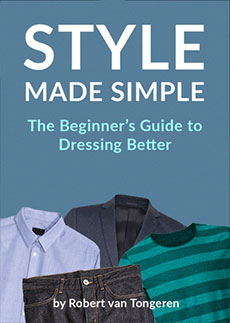
I wrote a men’s style guide that simplifies the art of dressing well, focuses on what matters, and takes you through it one step at a time. Enter your e-mail below and you’ll receive three free chapters, which will show you:
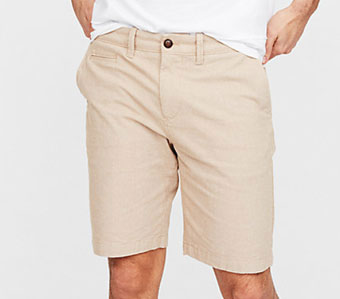
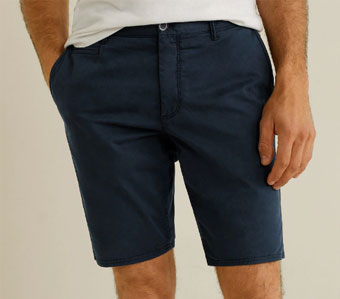 Mango
Mango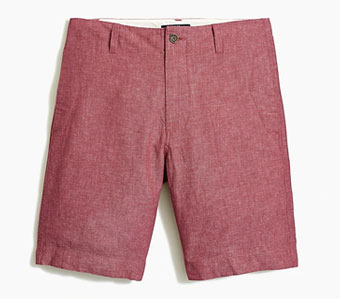
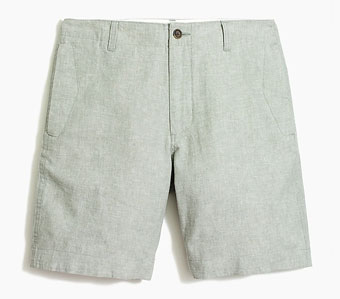
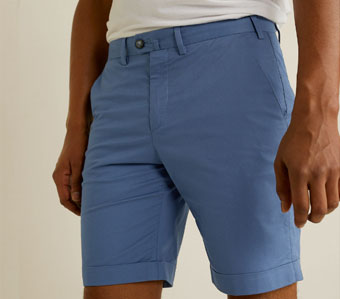 Mango
Mango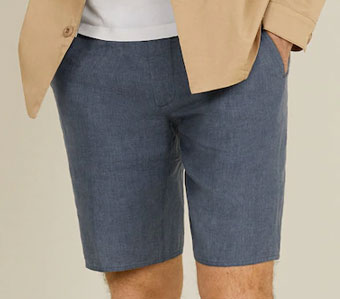 Mango
Mango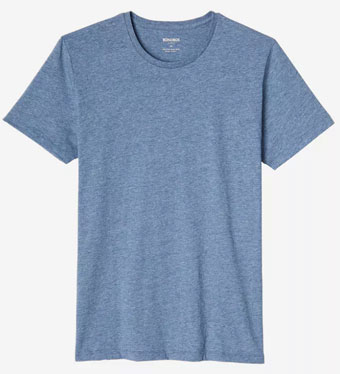
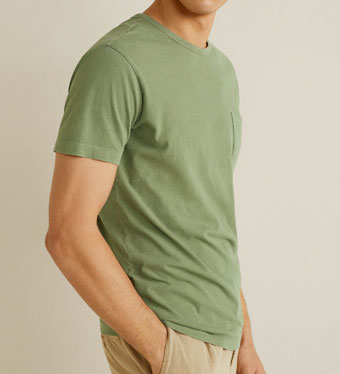 Mango
Mango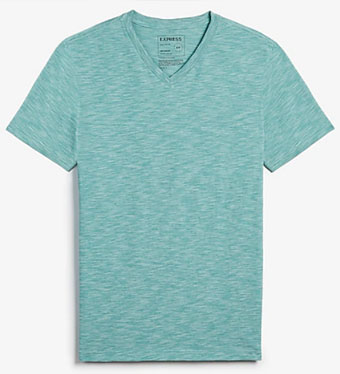
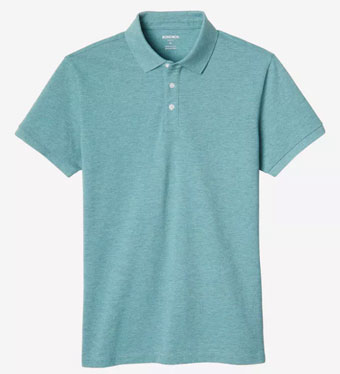
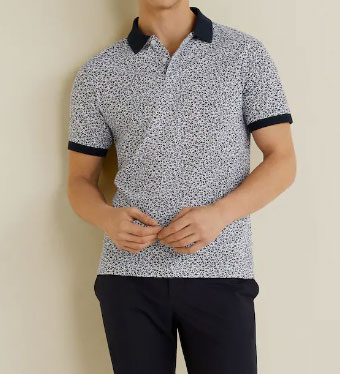 Mango
Mango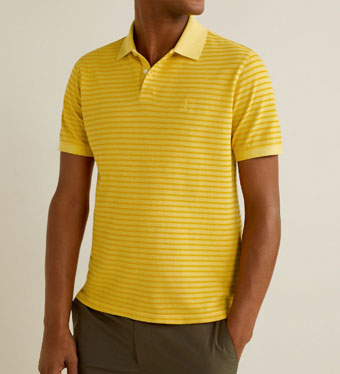 Mango
Mango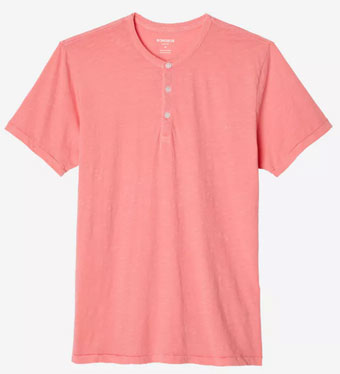
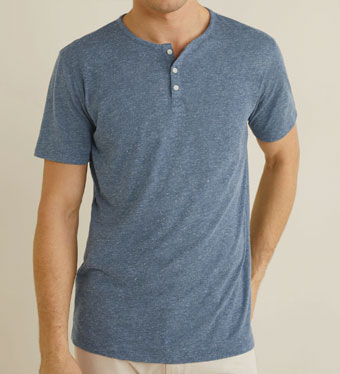 Mango
Mango Mango
Mango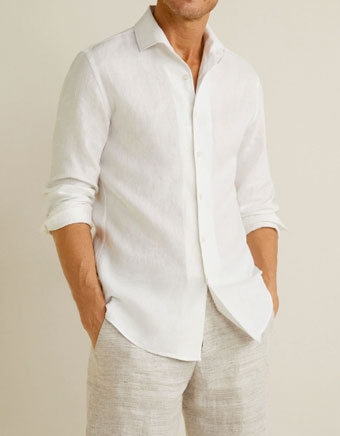 Mango
Mango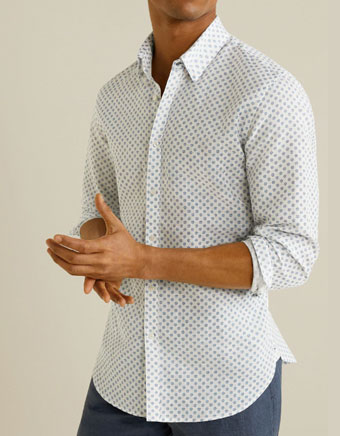 Mango
Mango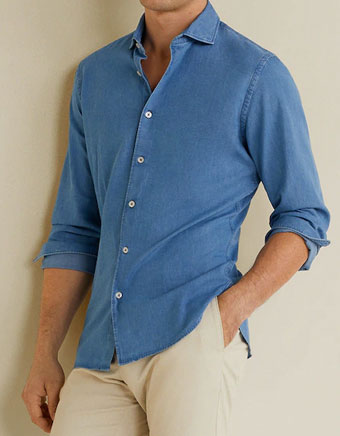 Mango
Mango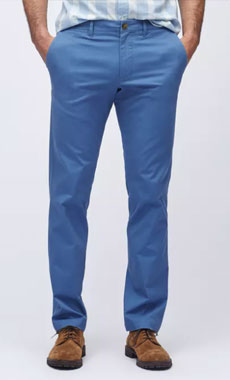 Bonobos
Bonobos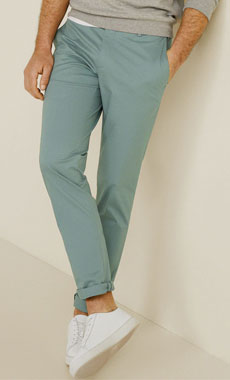 Mango
Mango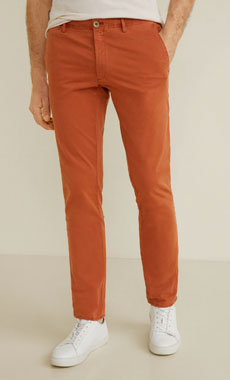 Mango
Mango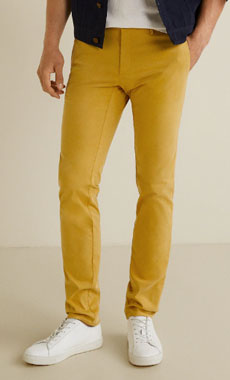
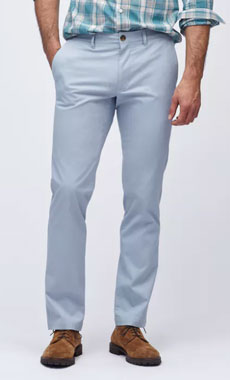 Bonobos
Bonobos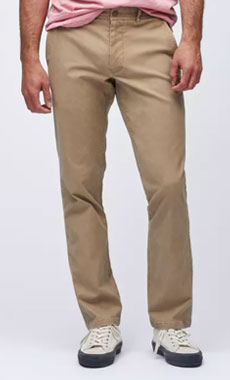 Bonobos
Bonobos